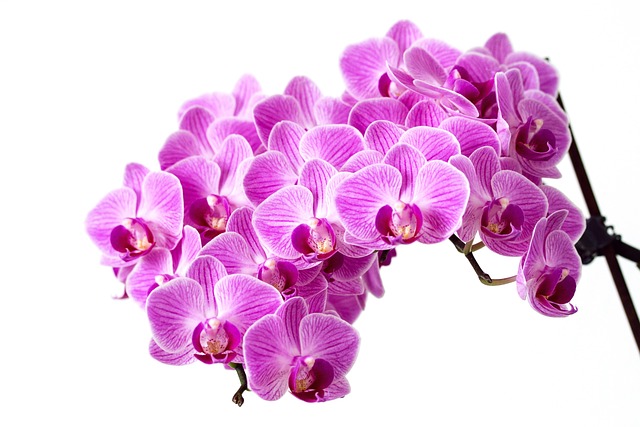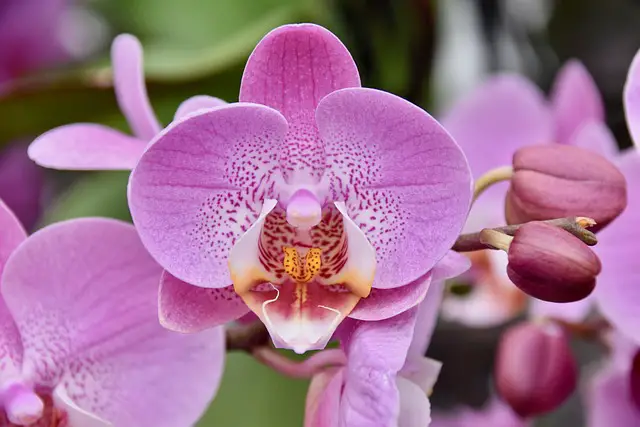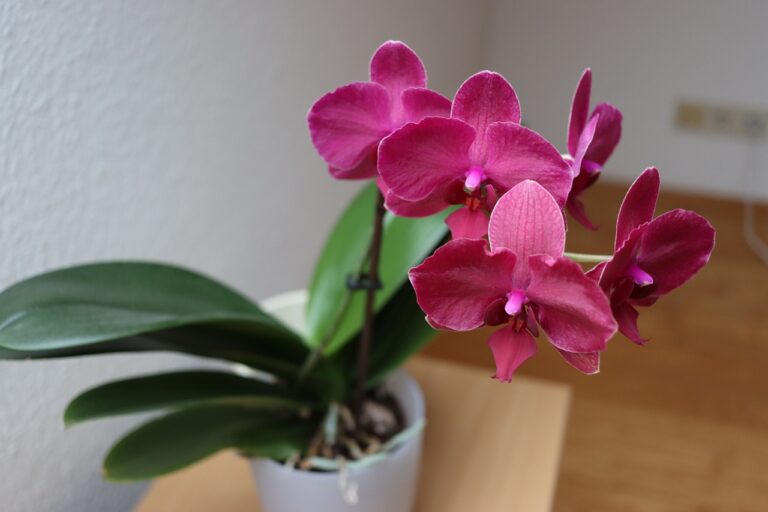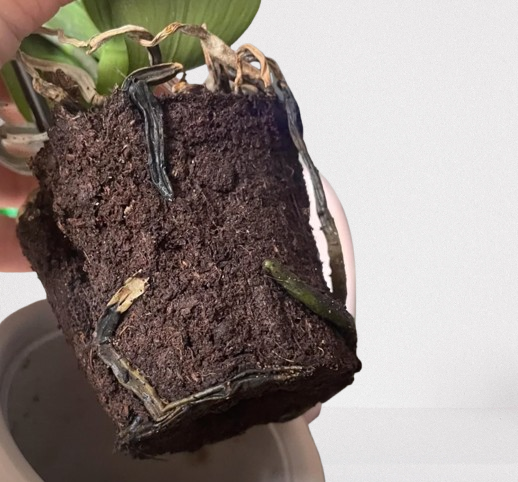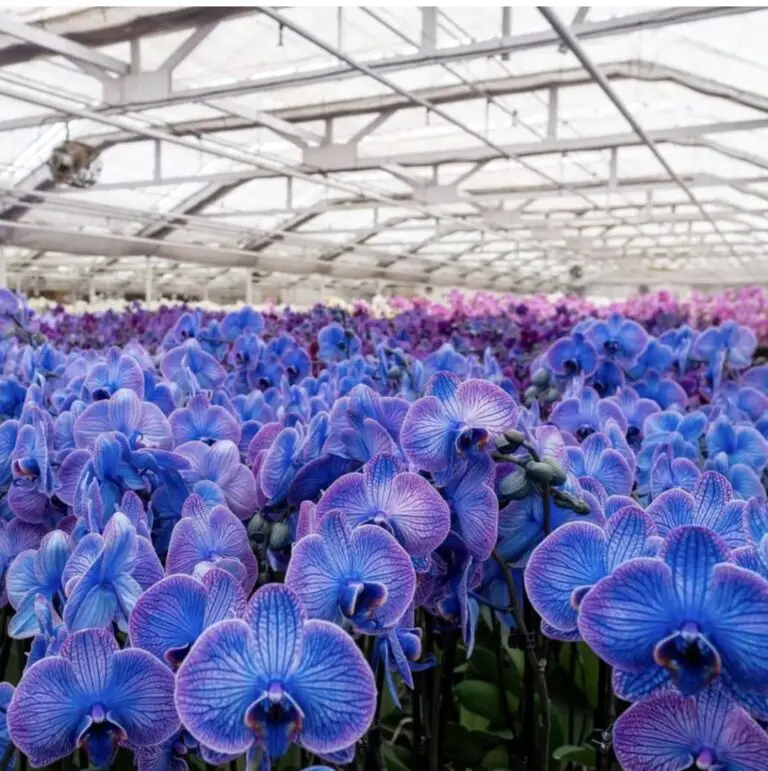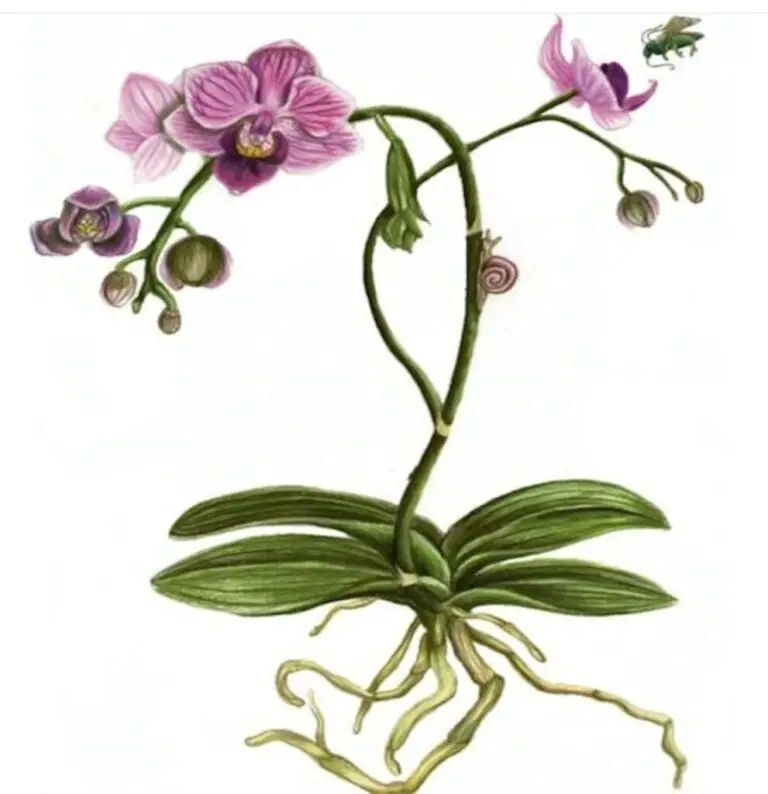Orchid fertilizers is essential for providing your orchids with the nutrients they need to flourish. When selecting the right type, you’ll encounter two main forms: liquid and granular. Each has particular advantages and possible disadvantages. Understanding the pros and cons of liquid versus granular orchid fertilisers is crucial for optimising your plant care routine and ensuring the health and vitality of your orchids. This guide will help you navigate these options, highlighting what to consider when choosing the best fertiliser for your orchids.
Understanding the pros and cons of these fertiliser types can help orchid growers make informed decisions and optimise their plants’ growth and blooming potential. In this guide, we will explore the benefits and drawbacks of liquid and granular orchid fertilisers, equipping you with the knowledge to choose the most suitable option for your beloved orchid collection. Whether you’re a seasoned orchid enthusiast or just beginning your journey with these exquisite plants, join us as we delve into the world of orchid fertilisers and discover which approach best suits your cultivation needs.
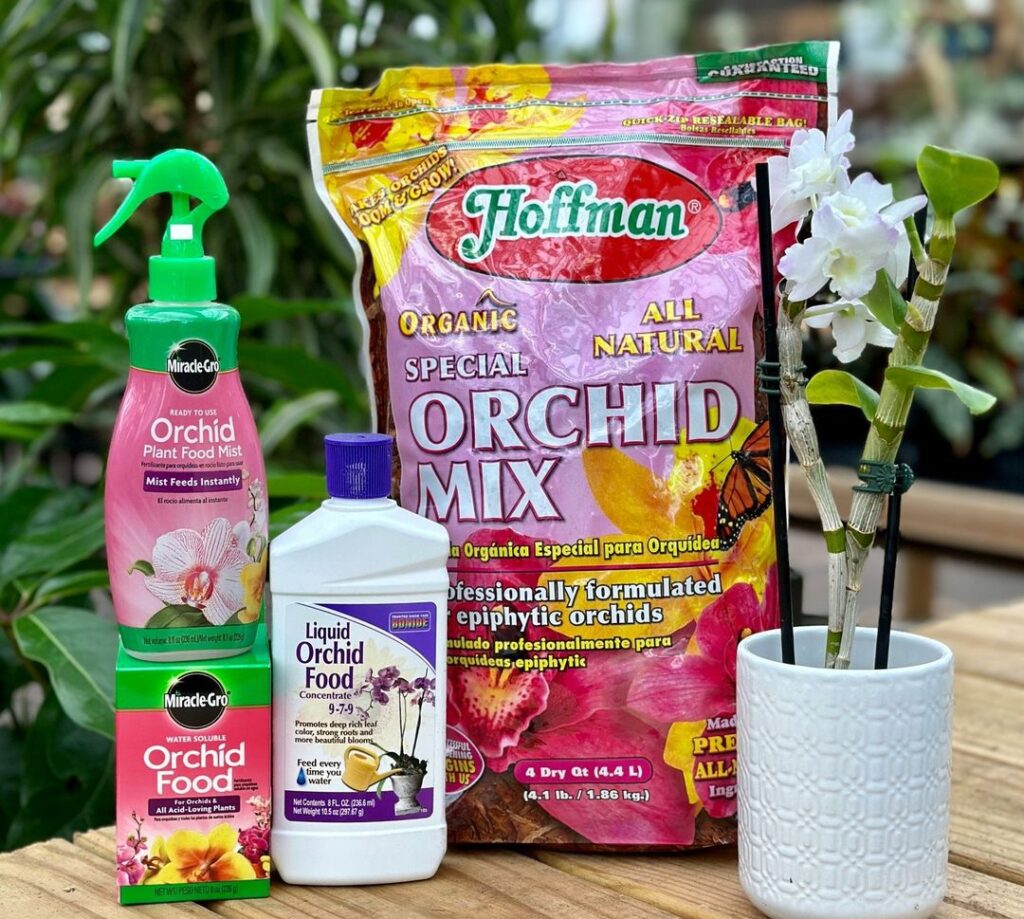
What is liquid fertiliser?
Liquid fertiliser is a type of fertiliser that is in liquid form and typically contains dissolved nutrients that are essential for plant growth. It is designed to be mixed with water and applied to plants through irrigation systems, foliar spraying, or direct soil application. Liquid fertilisers usually contain a balanced blend of essential macronutrients like nitrogen (N), phosphorus (P), and potassium (K), as well as secondary nutrients and micronutrients necessary for plant development. They provide a quick and easily absorbable source of nutrients for plants, promoting healthy growth and higher yields.
What are granular fertilisers?
Granular fertilisers are solid fertiliser formulations that are in the form of granules or pellets. These granules are composed of concentrated nutrients, primarily nitrogen (N), phosphorus (P), and potassium (K), along with other essential elements required for plant growth. Granular fertilisers are typically designed for slow-release or controlled-release purposes, meaning that the nutrients are gradually released over time as the granules break down in the soil. This slow-release mechanism provides a sustained supply of nutrients to plants, reducing the risk of over-fertilisation and minimising nutrient leaching. Granular fertilisers are commonly applied by broadcasting them onto the soil surface or incorporating them into the soil during planting. They are often used for large-scale agriculture, lawn care, and landscaping applications.
Which orchid species and hybrids like liquid and granular fertiliser?
Orchids have varying preferences when it comes to fertiliser types, and the choice between liquid and granular fertiliser can depend on the specific species or hybrid. However, there are some general guidelines:
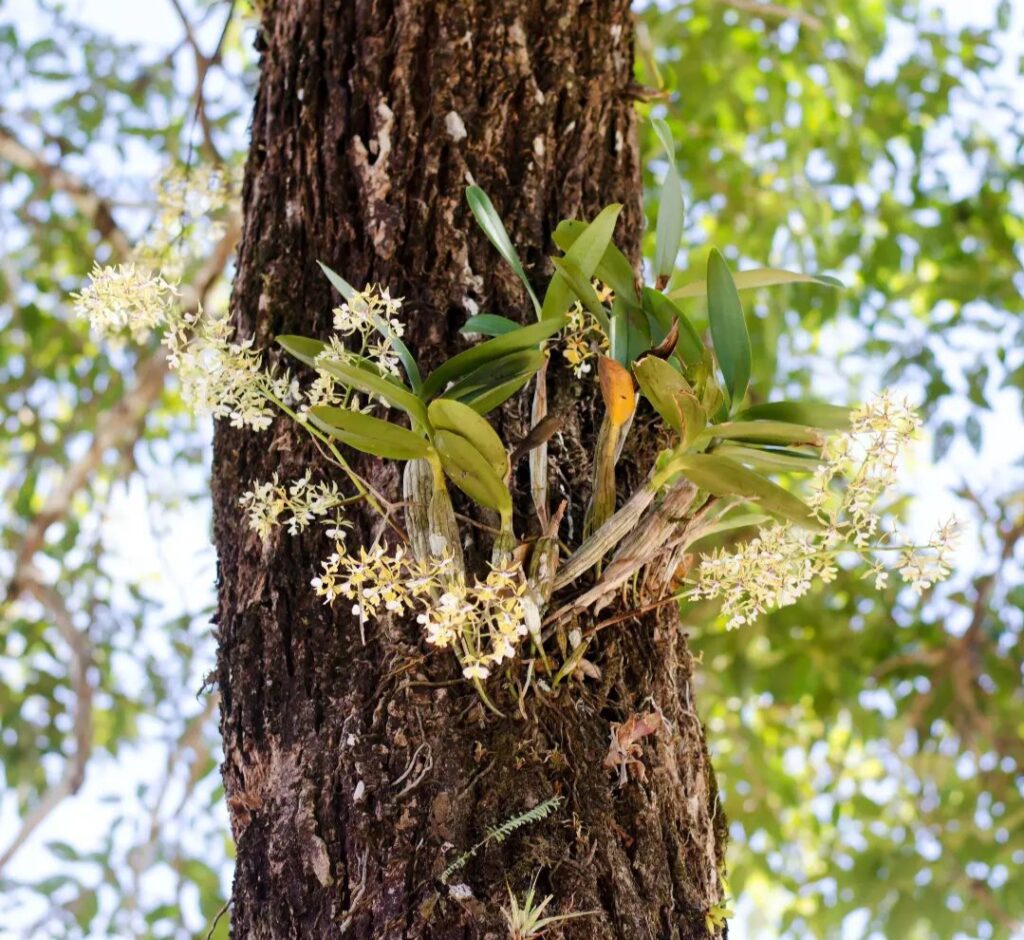
Epiphytic orchids (those that grow on trees):
Many epiphytic orchids, such as Phalaenopsis and Dendrobium, tend to prefer liquid fertilisers. These can be applied by diluting the fertiliser with water and watering the orchids with the solution.
Liquid fertilisers are often preferred for epiphytic orchids because they allow for easy absorption through their aerial roots and provide quick nutrient availability.
Terrestrial orchids (those that grow in soil):
Terrestrial orchids, like Cymbidiums Cypripedium and Paphiopedilums, can often benefit from both liquid and granular fertilisers.
Granular fertilisers are useful for terrestrial orchids as they provide slow-release nutrients over an extended period of time. The granules can be sprinkled around the base of the plant or mixed into the potting medium.
When it comes to orchid fertilisers, both liquid and granular formulations have their pros and cons. Let’s take a look at them:
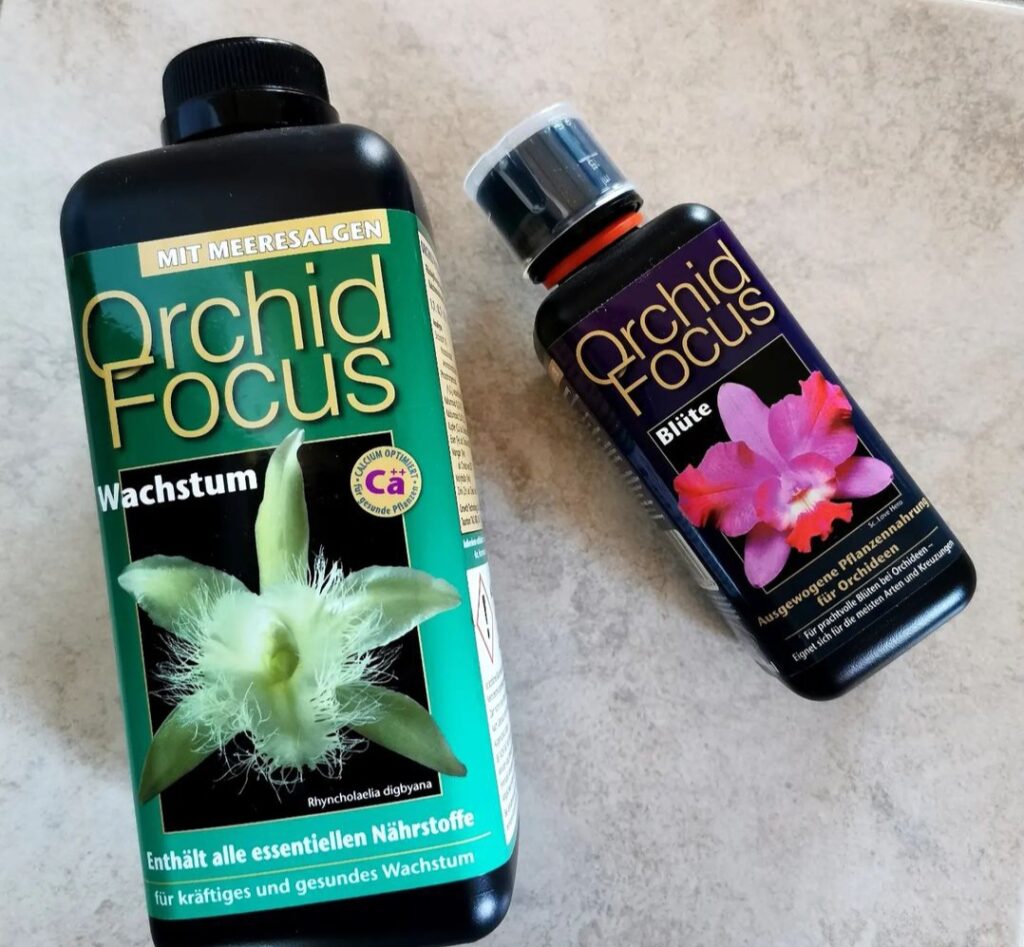
Liquid orchid fertilisers:
Pros:
Quick absorption: Liquid fertilisers are readily absorbed by orchid roots, allowing for faster nutrient uptake and utilisation.
Easy application: They are convenient to use since you can easily dilute them in water and apply them directly to the orchid’s growing medium or foliage.
Balanced nutrient ratios: Liquid fertilisers often come in well-balanced formulations, providing a suitable blend of essential nutrients for orchid growth and blooming.
Versatility: Liquid fertilisers can be applied through foliar feeding, which allows for direct absorption of nutrients through the leaves. This method can be particularly useful for orchids with root issues or when rapid nutrient delivery is needed.
Cons:
Frequent applications: Liquid fertilisers generally need to be applied more frequently compared to granular ones since their nutrients are quickly leached from the growing medium.
Risk of over-fertilisation: It’s easier to over-fertilise with liquid fertilisers due to their fast-acting nature. Care must be taken to avoid excessive nutrient concentrations that can damage orchid roots.
Cost: Liquid fertilisers are often more expensive than granular ones on a per-application basis.
Granular Orchid Fertilisers:
Pros:
Slow-release nutrients: Granular fertilisers are designed to release nutrients gradually over time, providing a steady supply of nourishment to orchids.
Longer intervals between applications: Due to their slow-release nature, granular fertilisers can be applied less frequently than liquid ones, reducing the need for frequent fertilising.
Lower risk of over-fertilisation: Granular fertilisers offer a reduced risk of over-fertilisation since nutrients are released slowly and are less prone to leaching.
Cons:
Slower nutrient uptake: Orchid roots may take longer to absorb nutrients from granular fertilisers as they need to break down the granules first.
Limited nutrient options: The nutrient ratios in granular fertilisers are often pre-determined and may not offer as much flexibility in customising nutrient blends for specific orchid varieties or growth stages.
. Difficult application:Granular fertilisers can be trickier to apply evenly, and there’s a risk of some granules ending up on the orchid’s foliage, leading to potential leaf burn.
Ultimately, the choice between liquid and granular orchid fertilisers depends on your preferences, orchid species, growing conditions, and your ability to monitor and adjust fertilisation frequency. Many orchid enthusiasts use a combination of both types to take advantage of the benefits they offer.
FAQ
Does liquid fertilizer work better than granular?
Whether liquid fertiliser works better than granular fertiliser depends on various factors, such as the specific plant, soil conditions, and application method. Both types can be effective, but their effectiveness may vary in different situations.
What are the pros and cons of liquid fertilizer?
Pros of liquid fertiliser:
Rapid nutrient absorption by plants
Easy and precise application
Can be applied through foliar feeding.
Suitable for plants with shallow root systems
Cons of liquid fertiliser:
Frequent applications may be required.
Potential risk of over-fertilisation
Shorter residual effect compared to granular fertiliser
Higher cost per unit of nutrients
Should I use granular and liquid fertilizer?
Using a combination of granular and liquid fertiliser can be beneficial in certain cases. Granular fertilisers provide slow-release nutrients and have a longer-lasting effect, while liquid fertilisers can provide immediate nutrient availability and are more convenient for foliar feeding. It is best to consider the specific needs of your plants and soil conditions before deciding on the appropriate fertiliser types.
Is liquid fertiliser better than solid fertiliser?
The superiority of liquid fertiliser over solid fertiliser depends on the context. Liquid fertilisers are advantageous for their rapid nutrient uptake and easy application, especially for plants with shallow root systems. However, solid fertilisers, such as granular ones, have a longer residual effect and can provide slow-release nutrients. The choice between liquid and solid fertilisers should be based on the specific requirements of your plants and the desired application method.
